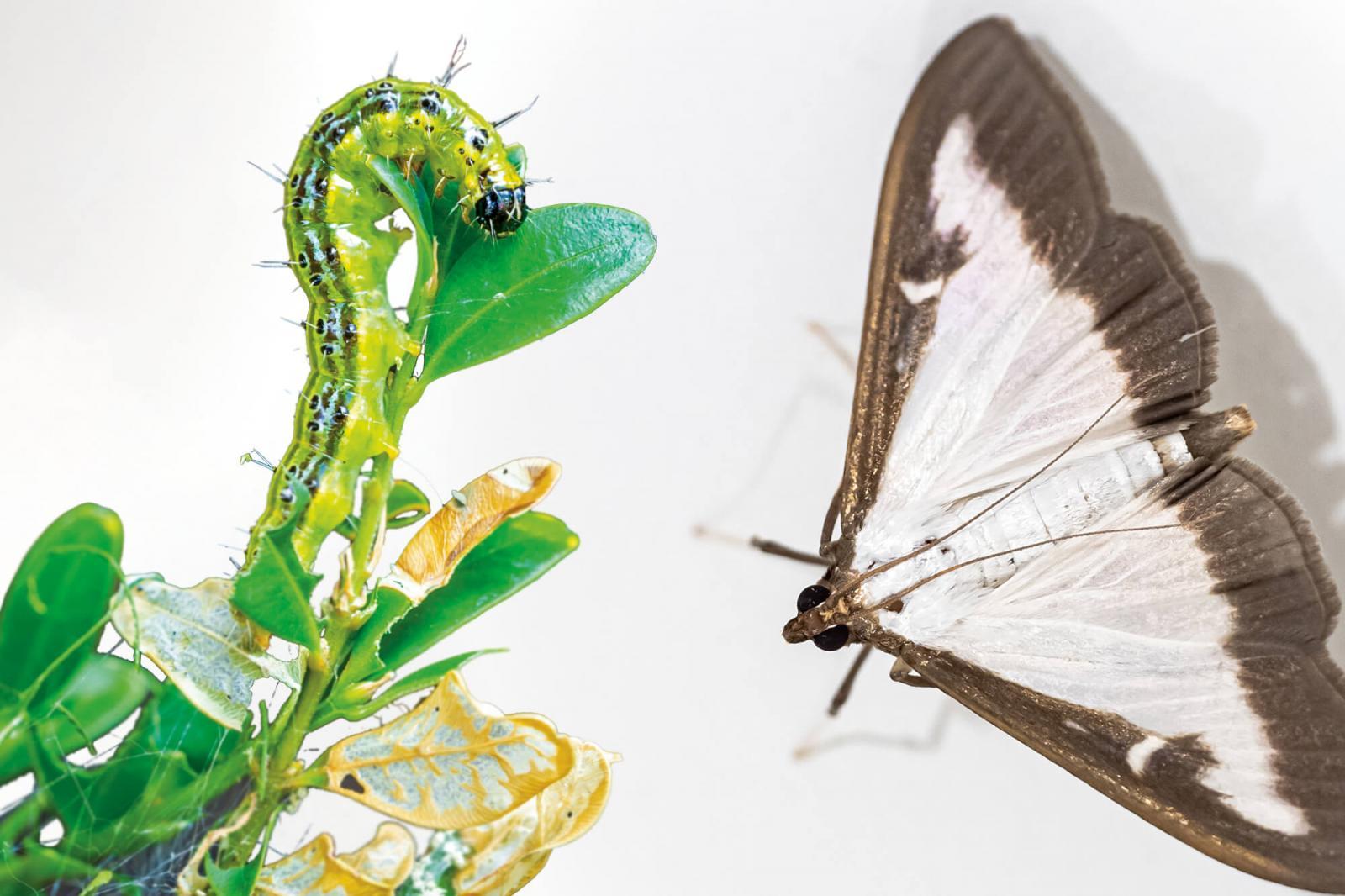Not to be confused with LD Moth (which is extremely prevalent in Ontario this year), Box Tree Moth is a new pest in Ontario that is primarily found on boxwood plants (not in trees).
Box Tree Moth
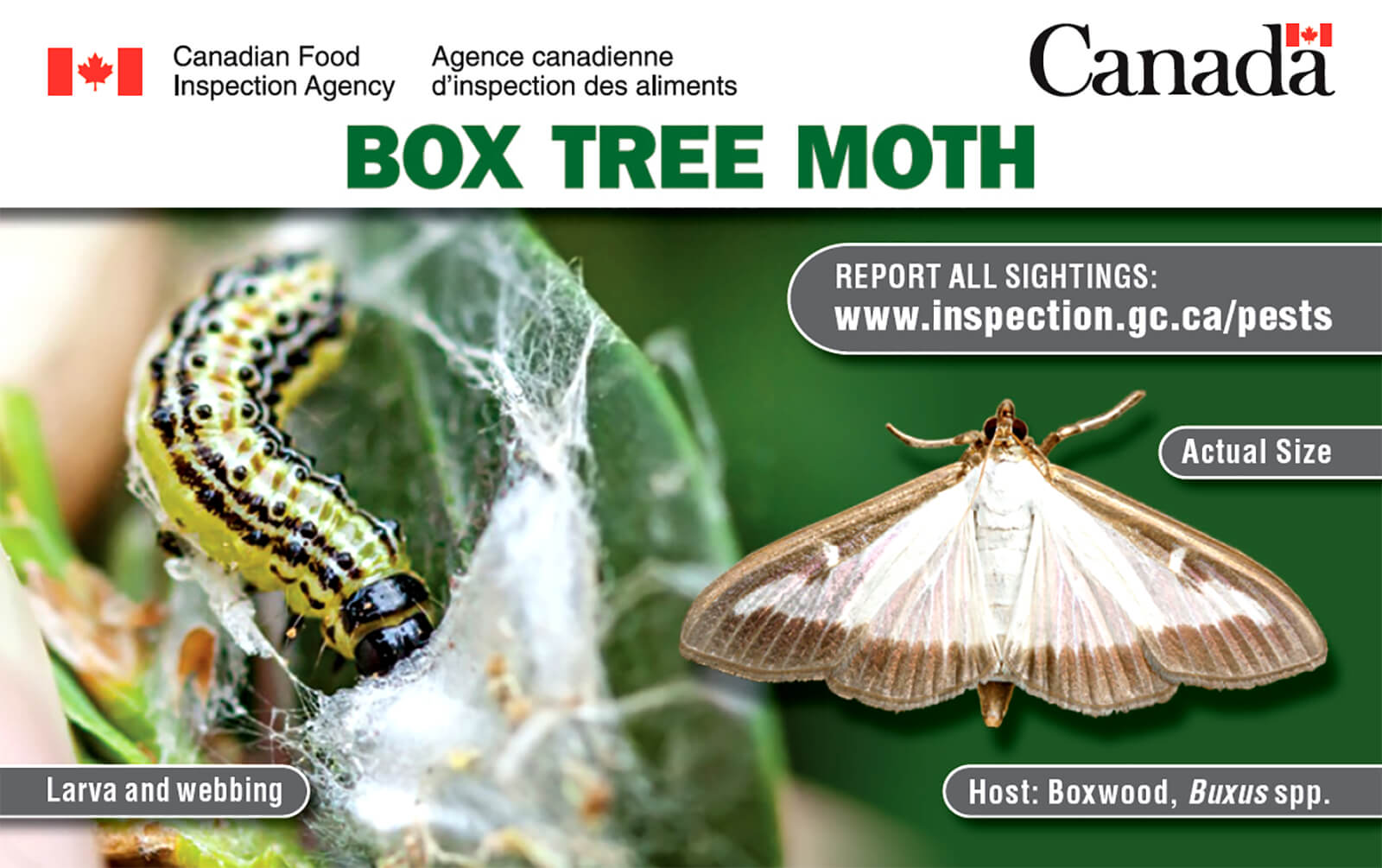 |
LD Moth
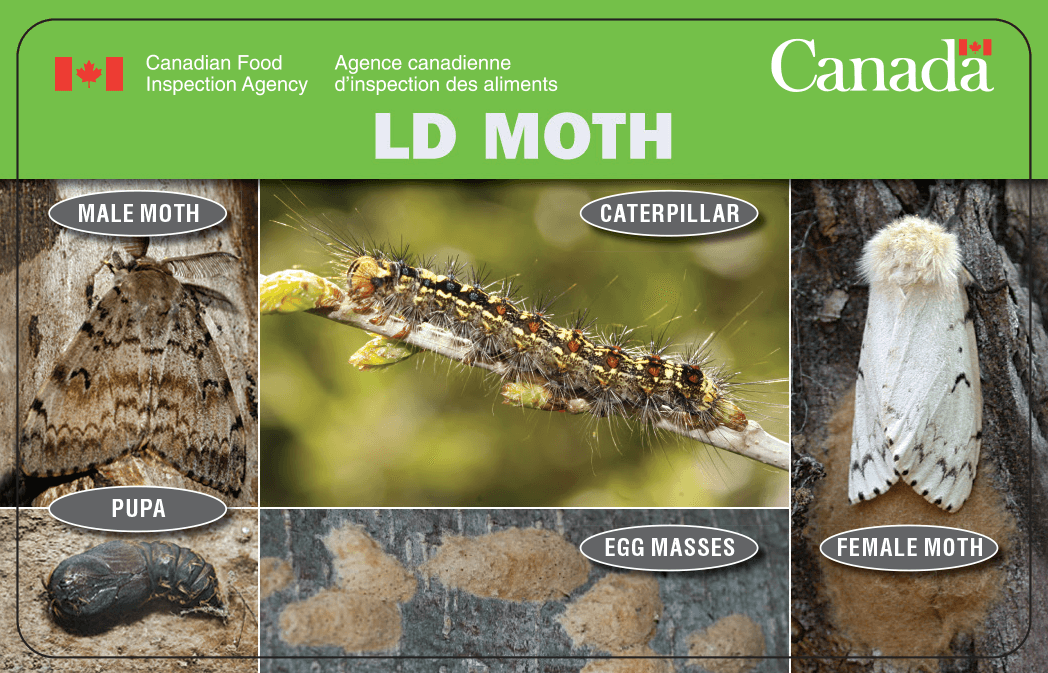 |
Box Tree Moth
Found only on boxwood plants (shrubs)
|
LD Moth
Found in large trees
|
Box Tree Moth
Only sightings outside the regulated zone need to be reported.
|
LD Moth
Only sightings outside the regulated zone need to be reported.
|
Box Tree Moth
A relatively new pest
|
LD Moth
A well-know and established pest
|
Box Tree Moth
Found in Ontario from east of Toronto to Windsor.
|
LD Moth
Found throughout Ontario. The City of Toronto has established management practices in place.
|
Home and property owners should take a minute to learn the differences between these two pests. For proper removal of infected plants and clippings,
read here.
Box Tree Moth vs. LD Moth
The Canadian Food Inspection Agency (CFIA) provides Pest Identification Cards that show what each moth looks like.
Box Tree Moth location
Box Tree Moth is
primarily found on shrubs, not trees. Boxwood have green leaves and are typically used as hedges.

Boxwood sold from a nursery or garden centre in a container.

Close-up of boxwood foliage (leaves).
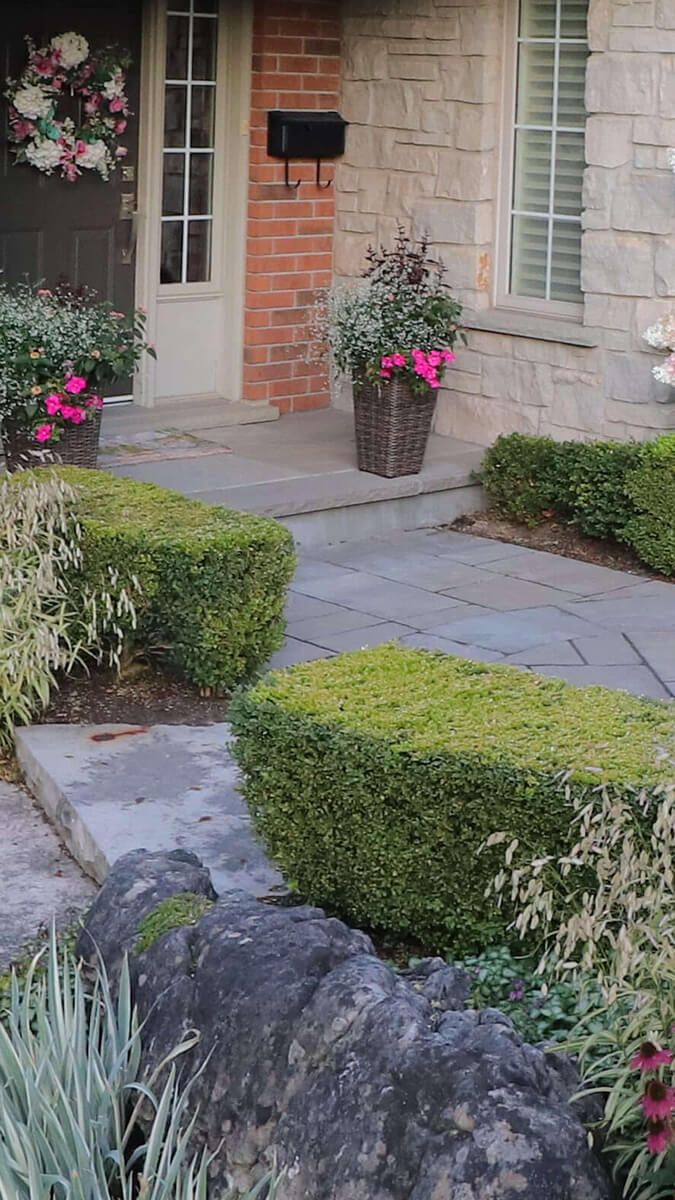
Boxwood is typically used as a hedge and can grow up to 5 feet tall.
Box Tree Moth Detection
Examine all boxwood plants for signs of chewed leaves, larvae, webbing and frass. Larvae feed from May to September.

Cocoon.
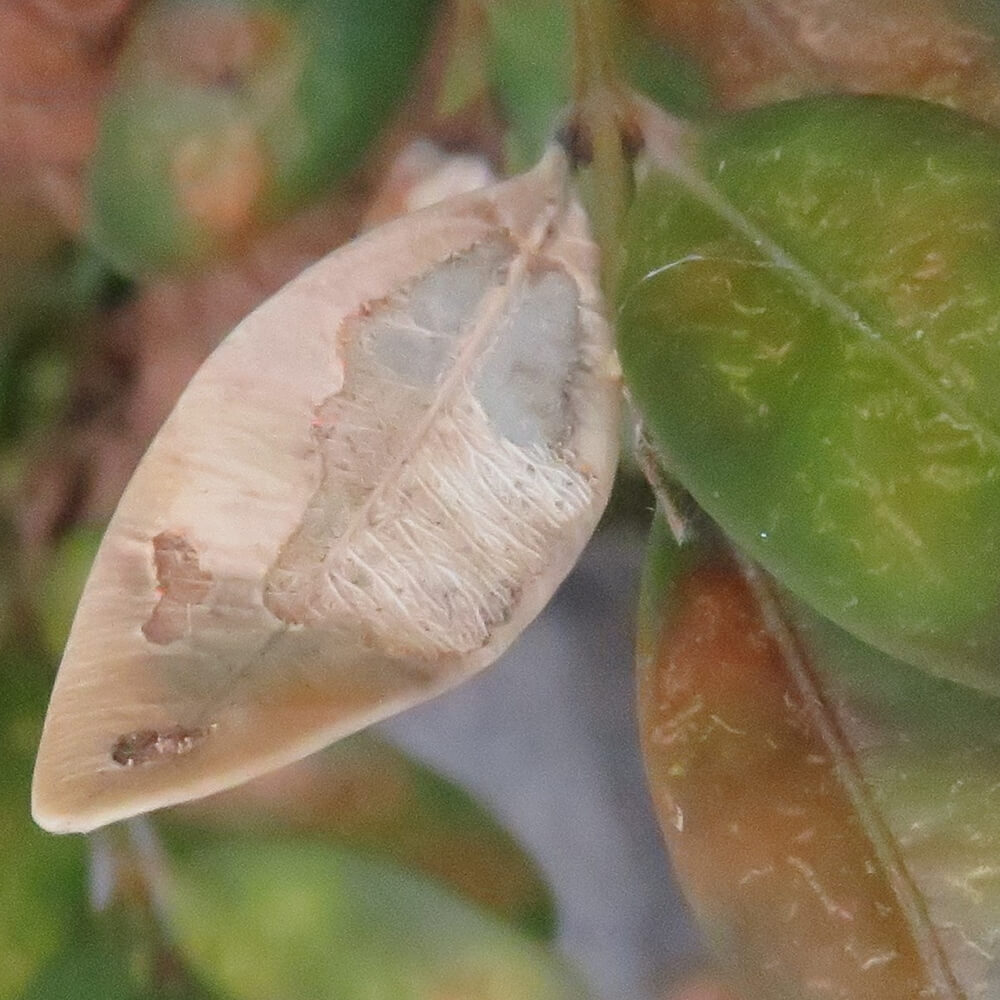
Feeding damage. Leaves turn brown.

Note the webbing among chewed leaves.
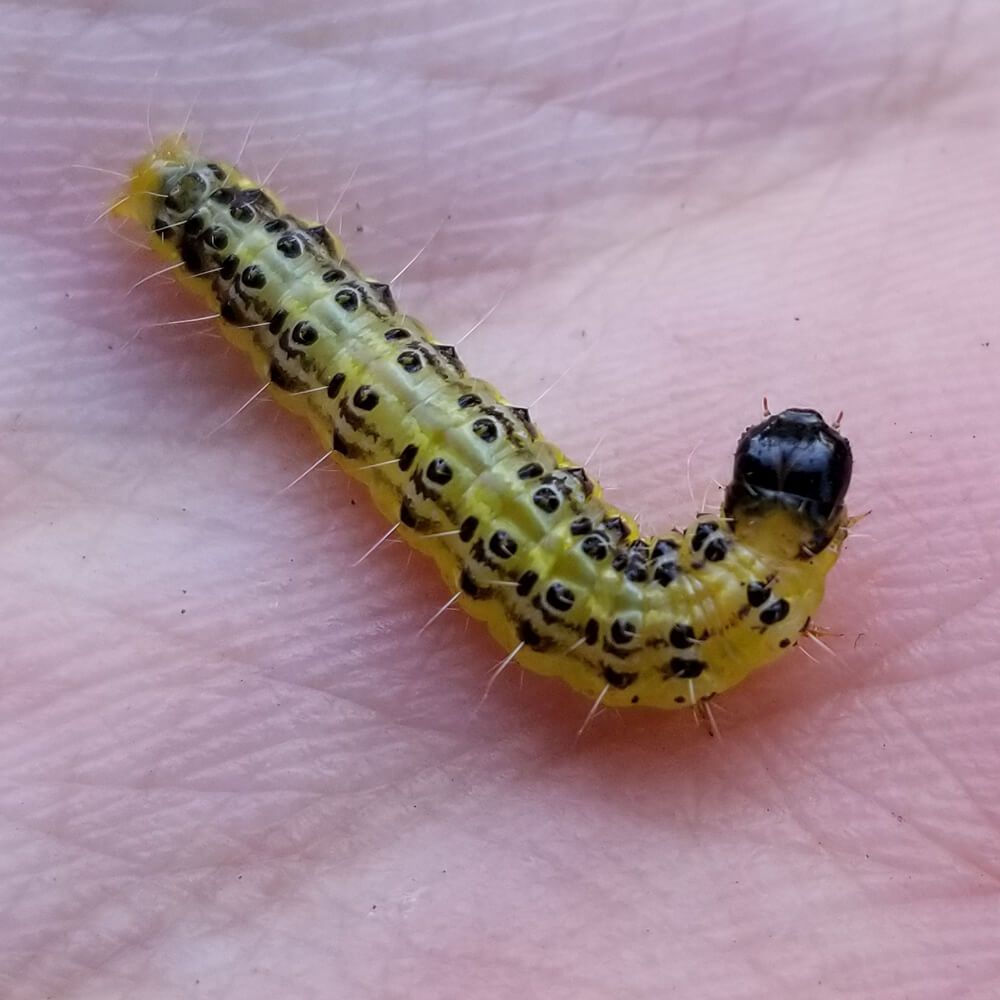
Young larva.
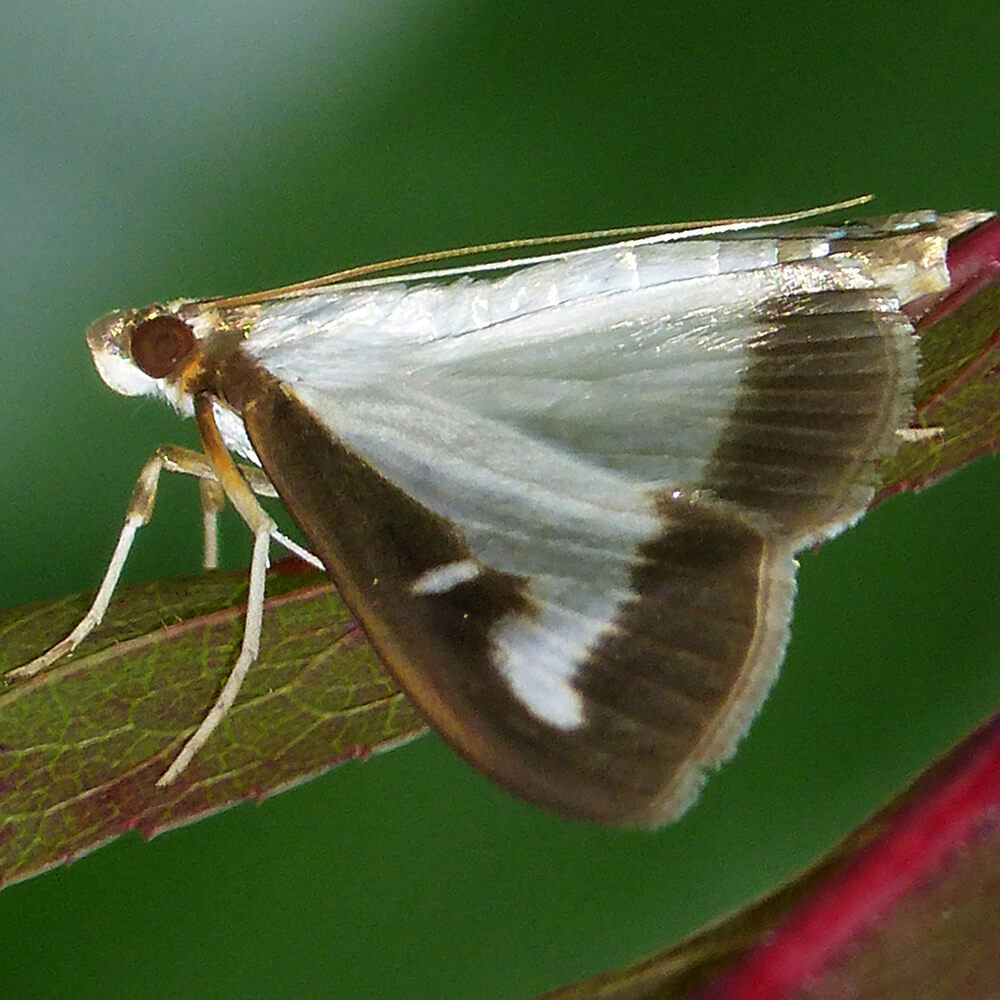
Adult moth.
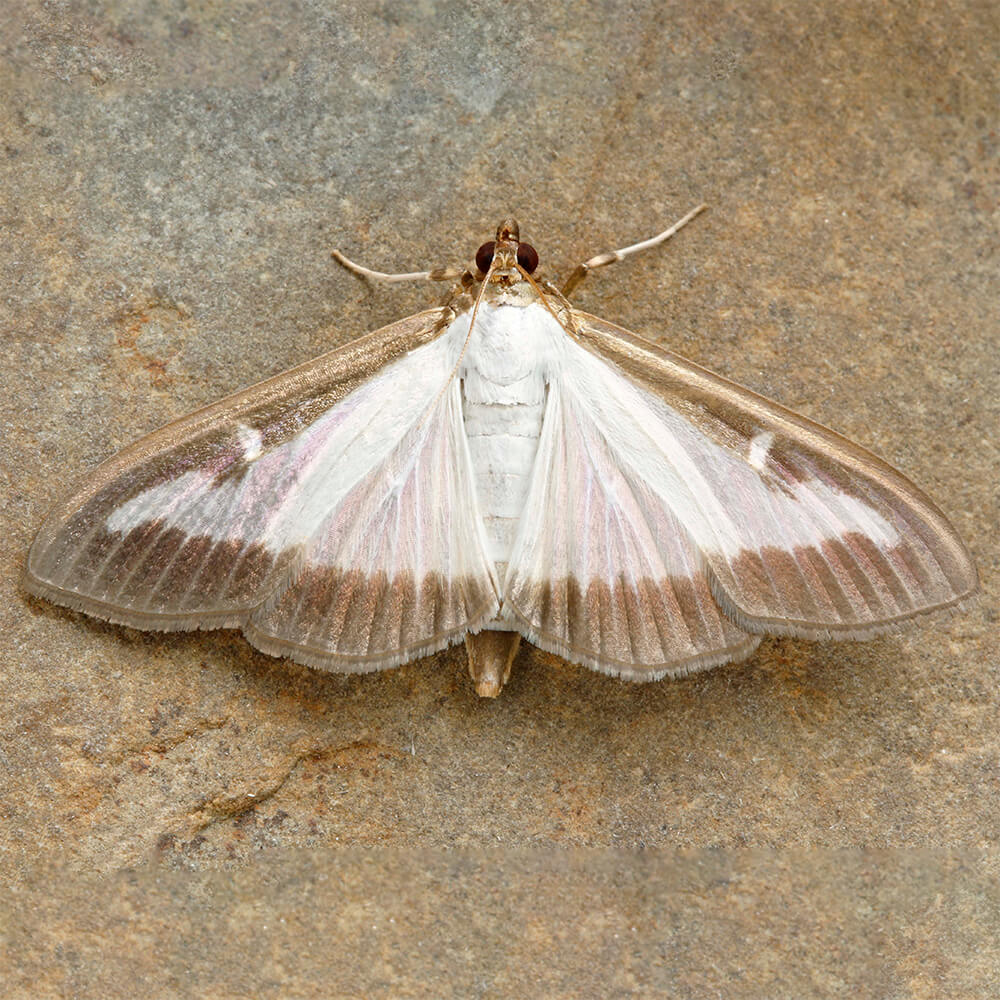
Adult moth.
If you have the pest there is a biological control spray called Dipel that is registered for control of Box Tree Moth. The active ingredient of the spray is safe to humans and pets and is the same as the one in BTK caterpillar killer sold at most retail garden centres. The same active ingredient is used by the City of Toronto to control Gypsy Moth. To kill the larvae, sprays need to be applied when larvae are feeding on leaves, typically from mid-May to mid-June and from mid-July to mid-August and early September.
If you wish to hire a professional, we suggest you contact one of these licensed contractors to spray your boxwood:
Box Tree Moth: Safe removal of infested plants and clippings
High populations of box tree moth caterpillar may defoliate boxwood plants; in some severe cases this can result in plant dieback. It may be necessary to remove or trim the infested shrub. Effective removal and disposal of infested plants is crucial to slowing the spread of box tree moth. Please follow the measures below to help prevent the spread of this pest to locations where it is not present:
- Place the infested shrub or branch clippings in a black plastic garbage bag and secure the bag to ensure it is closed tightly.
- Place the bag outside in direct sunlight for 48-hours.
- After 48 hours, larvae should be dead and the plant materials can safely be added to yard waste bins.
Moving forward, it is recommended that boxwood plants receive continual management to ensure box tree moth is controlled and to prevent further plant damage. Plants should be inspected during the general predicted larval periods for each generation of box tree moth, during the following dates:
- May 15 to June 15
- July 15 to Aug. 15
- Sept. 1 to 20
If caterpillars are found actively feeding on the plants, an application of BTK (
Bacillus thuringiensis kurstaki) should be applied. Re-inspect the plants 5-7 days after application to ensure it was effective. If live, actively feeding caterpillars are still found, another application should be applied.
Routinely monitor the condition of your boxwood plants and presence of caterpillar larvae and feeding damage. BTK application is most effective when used two or three times a year during the time frames listed above.
Box Tree Moth Tips
- Box Tree Moth can be a significant pest if left unmanaged. Spread the word about box tree moth to your local horticultural networking group and encourage others to monitor boxwood for this pest. However, box tree moth can be easily controlled if it is sprayed at the right time. You can still have confidence in planting boxwood in your landscapes.
- Continue to monitor boxwood plants for signs of active larval stages, especially during the periods of May 30 to June 15, July 15 to Aug. 10 and Sept. 1 to 15.
- Avoid transplanting boxwood plants from residential gardens within the GTA. Always plant healthy, pest-free, nursery grown boxwood.
- When removing plants (or clippings): first place a black plastic bag over the plant, cut the main stem at ground level and carefully contain the entire plant inside the bag, tying it off securely.
- Where air temperatures are 20 C or greater, place bagged plant in the sun for two days to kill any box tree moth inside. (Or bury or burn bagged infested plants, where permitted).
More Box Tree Moth Resources
More information on Box Tree Moth
www.inspection.gc.ca and
LandscapeOntario.com/tag/box tree moth
